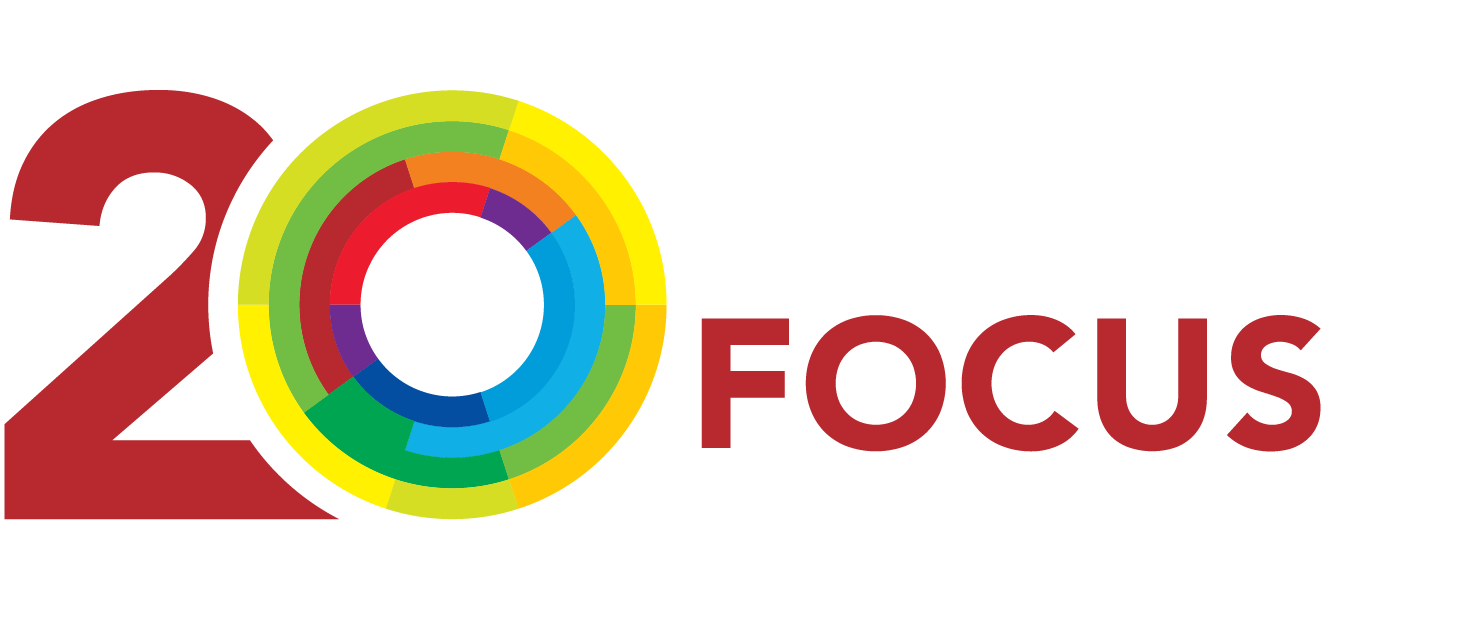30 April 2024, London — Climate Focus, The Voluntary Carbon Market Integrity Initiative (VCMI), the Government of Yucatan, and UNDP Climate have today announced they are working together to develop best practice guidelines for private sector actors seeking to develop voluntary carbon market (VCM) projects within the state.
The State of Yucatan is recognized globally for its rich biodiversity and natural ecosystems, particularly mangrove wetlands and tropical rainforests: the Yucatan Peninsula contains 60% of the mangroves in all of Mexico, the country with the 4th largest amount of mangroves in the world. Mangroves are vital sources of freshwater, stormwater management, and climate change mitigation, but are highly vulnerable to degradation from human activity and climate-related disturbances; over the past three decades, global mangrove cover has reduced by more than 40%. In this case, the VCM can serve as an instrument to attract investment for ecosystem conservation, restoration, and sustainable development.
This partnership, delivered through VCMI’s Access Strategies Programme, builds on an earlier collaboration between VCMI, Climate Focus, UNDP Climate, and the State of Yucatan to develop a roadmap that proactively addresses challenges and boosts opportunities — primarily those associated with establishing VCM projects in the state’s key ecosystems, mangrove wetlands and tropical rainforests, and that both meet the needs of key stakeholders and protect the rights of local communities.
This second phase of work will build on actions identified in the roadmap, with the aim of ensuring that VCM projects align with the social, development, and environmental priorities of the national and subnational governments.
Key deliverables of the partnership include:
- A Best Practice Guide for private sector actors looking to invest in carbon market projects.
- Knowledge sharing activities with other jurisdictions at the national and regional level to encourage replication in other Mexican states, and across Latin America and the Caribbean.
The Best Practice Guide will be developed in close consultation with officials from the Government of Yucatan, with support from partners including UNDP Climate & Forests, Pronatura Sur, the Governors’ Climate Forests Task Force (GCF) Mexico, the Biodiversity Finance Initiative Mexico, and the Partnership for Agricultural Carbon. The guide will respond directly to needs identified by the state government following an explosion in demand from local investors and project developers due to the region’s high potential for Nature Based Solutions. Challenges the project seeks to address include:
1) Clarifying the role of local and national legislation and public programs and how they may impact the development of carbon projects;
2) Presenting to the private sector how carbon markets relate to the priorities of the Government of Yucatan in terms of environmental, social and climate policy; and
3) Shedding light on how the private sector can ensure the rights of Indigenous People and Local Communities are protected, and benefits shared equitably.
Lydia Sheldrake, Director of Policy and Partnerships at VCMI, said: “To avoid the worst effects of climate change, climate finance must increase five-fold annually. Voluntary carbon markets can mobilize private sector finance to local initiatives, delivering funding to regions with great potential to implement climate solutions that benefit local ecosystems and communities. VCMI is delighted to expand our partnership with the Yucatan Government to develop best practice guidance for accessing high-integrity voluntary carbon markets and harnessing their benefits.”
Diana Pérez Jauma, Secretary of Sustainable Development at the Government of Yucatan, said: “In Yucatan, we are working to conserve and protect our natural areas and resources while seeking to implement sustainable use and development in Yucatan communities. We are also aware of the growing trend of the Voluntary Carbon Market worldwide and the interest in developing these projects in our state, so this is a great opportunity to lay the foundations and standards of how we want these types of projects to be developed so that they are of high quality, integral, inclusive, transparent and fair; to be an effective financial mechanism for conservation and development.”
Carolina Inclan, Senior Consultant at Climate Focus, stated: “Our Partnership aims to strengthen the Government of Yucatan’s position in the VCM, attracting investments aligned with its climate, environmental, and social priorities. Due to the region’s natural ecosystems, especially tropical forests and wetlands, there is a huge demand for projects, especially nature-based solutions. However, these projects have not always translated into real benefits for local communities. With this Guide, we aim to encourage these investments while respecting the rights of communities and promoting fair deals.”
Leticia Guimaraes, Head of Carbon Markets at UNDP, stated: “UNDP is proud of its long-standing collaboration with the State of Yucatán and its partners to support the state’s strategy for accessing carbon markets. High-integrity carbon markets have the potential to generate substantial private investments for climate action to accelerate NDC implementation and progress across the 2030 agenda. Together with our partners, we are committed to boost integrity in carbon markets and to enhance developing countries strategic access to these mechanisms.”


